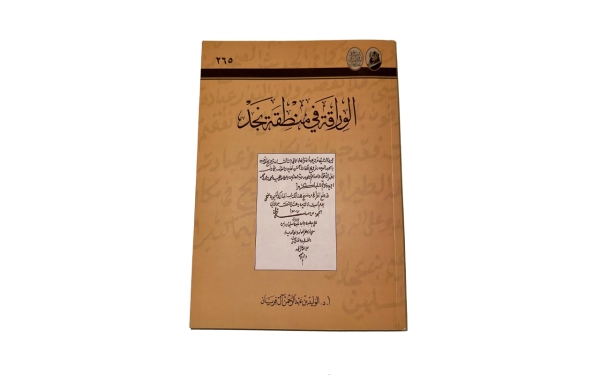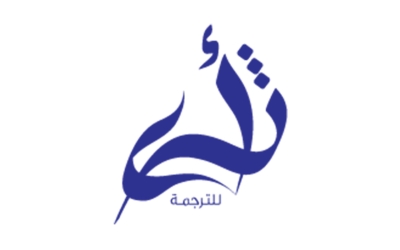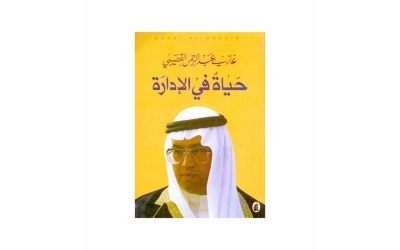

The Book of al-Wiraqah in Najd Region documents the history of al-Wiraqah (papermaking and manuscript copying) profession in Najd, located in the center of the Kingdom of Saudi Arabia, from the fifteenth to the twentieth century. It was authored by al-Waleed Bin Abdulrahman Al Faryan and published by King Abdulaziz Foundation for Research and Archives (Darah) in 2012.
Publication of al-Wiraqah in Najd Region
The book of al-Wiraqah in Najd Region consists of 237 pages, divided into three chapters. The introduction defines al-Wiraqah as the profession of manuscript copying, practiced for the pursuit of knowledge, financial gain, or other interests. The book categorizes al-Wiraqah into three types: By Purpose, including commercial, craft-based, educational, and charitable manuscript copying; by practitioners, encompassing scholars, students, and the general public; by field, covering books on religious (Sharia) sciences, grammar, language, literature, and craft-related works.
Contents of al-Wiraqah in Najd Region
The book consists of three chapters. The first chapter, titled al-Wiraqah Tools, includes four sections: paper, ink, pens, and manuscript ornamentation. The second chapter, titled "al-Warraqoon" (scribes) contains four sections covering scribes in the fifteenth, sixteenth, and seventeenth centuries; scribes in the eighteenth century; scribes in the nineteenth century; and scribes in the twentieth century. The final chapter, titled "Examples of Manuscript Books," includes examples from the seventeenth, nineteenth, and twentieth centuries.
The author discusses twenty-five scribes from Najd from the fifteenth to the seventeenth century, including Abdullah Bin Shafi', Hassan Bin Ali Bin Bassam, Mohammed Bin Fadl Bin Shams, and Abdullah Bin Mohammed Bin Ghanim, who transcribed Sharh Muntaha al-Iradat lil-Najjar. Other scribes mentioned include Zamil Bin Musa Bin Sultan, Mohammed Bin Khalaf, who copied al-Shifa by Qadi Iyad, and Mohammed Bin Abdullah Bin Sultan, who transcribed Manaqib al-Imam Ahmad li-Ibn al-Jawzi.
Activity of scribes in Najd
The book of al-Wiraqah in Najd Region states that the activity of scribes in Najd expanded in the eighteenth century due to the growing number of scholars and students. Among these scribes were Fawzan Bin Mohammed Bin Burayd, who copied books on mathematics; Abdulrahman Bin Shu'ayb, who transcribed the manuscript Sirat Ibn Hisham; Hassan Aba Hussein, known for his beautiful and precise handwriting; Abdulrahman al-Suhaimi, a Quran scribe in Ushaiqer; and Dakhilallah al-Ahsa'i, renowned for his prolific copying, including al-‘Uluw by ad-Dhahabi.
In the nineteenth century, notable scribes included Mohammed Bin Abdulwahhab, who copied the manuscripts Zad al-Ma'ad by Ibn al-Qayyim and Sahih al-Bukhari, and Mohammed Bin Abdulrahman Bin ‘Afat, who transcribed Alfiyyat Ibn Malik.
In the twentieth century, distinguished scribes included Mohammed al-Suqa‘bi, Suleiman al-Damigh, who copied the commentary on al-Burhaniyyah li-Ibn Sallum; Shukr Bin Hussein, who transcribed numerous works, including al-Mudhish li-Ibn al-Jawzi; Hamad Bin Faris; and Saad Bin Hamad Bin Atiq, who completed writing Tajrid al-Tawhid li-al-Maqrizi in 1887.
Related quizzes
Related articles

